Home>Guides>How-To Guides>How To Choose Furniture Colors For Home Projects


How-To Guides
How To Choose Furniture Colors For Home Projects
Modified: January 19, 2024
Learn how to choose the perfect furniture colors for your home projects with our comprehensive how-to guide. Find expert tips and advice to create the ideal color scheme.
(Many of the links in this article redirect to a specific reviewed product. Your purchase of these products through affiliate links helps to generate commission for Storables.com, at no extra cost. Learn more)
Introduction
When it comes to home projects, choosing the right furniture colors can significantly impact the overall aesthetic and ambiance of your living space. The colors you select can influence the mood, perception of space, and even the functionality of a room. Understanding how to effectively choose furniture colors can transform a mundane space into a visually appealing and harmonious environment.
Selecting furniture colors is not just about personal preference; it involves a thoughtful consideration of various factors such as color psychology, the purpose of the room, lighting, and existing décor. By carefully evaluating these aspects, you can make informed decisions that will enhance the visual appeal and functionality of your living space.
In this comprehensive guide, we will delve into the intricacies of choosing furniture colors for home projects. From understanding color psychology to assessing the lighting and selecting the right color scheme, this guide will equip you with the knowledge and insights needed to make informed and aesthetically pleasing choices for your home. So, let's embark on this colorful journey and discover the art of choosing furniture colors that will breathe new life into your living space.
Key Takeaways:
- Understand the emotional impact of colors to create the right mood in each room. Warm colors for social spaces, cool colors for relaxation, and neutrals for balance and flexibility.
- Consider the room’s purpose, lighting, existing decor, and color scheme to make informed and aesthetically pleasing furniture color choices for your home projects.
Understanding Color Psychology
Color psychology plays a pivotal role in influencing our emotions, perceptions, and behaviors. Each color has the potential to evoke specific feelings and create distinct atmospheres within a space. Understanding the psychological impact of colors is crucial when selecting furniture hues for your home projects.
Warm colors such as red, orange, and yellow tend to energize and create a cozy, inviting ambiance. They can be ideal for social spaces like living rooms or dining areas, where you want to encourage conversation and a sense of warmth. On the other hand, cool colors like blue, green, and purple have a calming and soothing effect, making them suitable for bedrooms or relaxation areas.
Neutral colors such as white, beige, and gray provide a versatile and timeless foundation, offering a sense of balance and flexibility in design. They can serve as a backdrop for bolder accent colors or stand alone to create a serene and sophisticated atmosphere.
It’s essential to consider the intended purpose of the room and the emotions you want to evoke when selecting furniture colors. For instance, vibrant and bold colors can add dynamism and creativity to a space, while softer, muted tones can foster a sense of tranquility and relaxation.
Moreover, cultural and personal associations with colors should also be taken into account. Certain colors may hold different meanings and significance across various cultures, and individuals may have personal preferences or aversions to specific hues based on their experiences and memories.
By grasping the psychological impact of colors, you can strategically utilize them to create harmonious and emotionally resonant living spaces. The next step is to align these insights with the purpose of the room and the existing décor to ensure a cohesive and visually appealing outcome.
Consider the Room’s Purpose
Before delving into the intricate details of furniture colors, it’s crucial to consider the primary purpose of the room you are decorating. Each room serves a distinct function, and the furniture colors should align with and enhance that purpose.
For example, when selecting colors for a living room, think about the activities that typically take place in this space. If it’s a place for social gatherings and relaxation, warm and inviting colors such as earthy tones, shades of red, or golden hues can foster a convivial and cozy atmosphere. On the other hand, if the living room doubles as a formal entertaining area, sophisticated and elegant colors like deep blues, rich greens, or muted grays can create a refined ambiance.
When it comes to bedrooms, the focus shifts to creating a tranquil and restful environment. Soft, soothing colors such as pastel blues, gentle greens, or calming neutrals can promote relaxation and contribute to a peaceful sleeping space. Children’s bedrooms, on the other hand, offer an opportunity to incorporate playful and vibrant colors that stimulate creativity and energy.
Consider the practical aspects as well. For home offices or workspaces, furniture colors that promote focus and productivity, such as shades of green or blue, can be beneficial. Kitchens, being functional spaces, may benefit from colors that evoke freshness and cleanliness, such as crisp whites, light blues, or cheerful yellows.
Understanding the purpose of each room will guide your color choices, ensuring that the furniture not only complements the space aesthetically but also enhances its functionality. With the room’s purpose in mind, the next step is to evaluate the lighting conditions to make informed decisions about furniture colors.
Assessing the Lighting
Lighting plays a pivotal role in how colors are perceived within a space. The intensity, direction, and color temperature of light can significantly impact the way furniture colors appear, ultimately influencing the overall ambiance of a room.
Natural light, for instance, can enhance the vibrancy and depth of colors, making them appear more true to their actual hue. Rooms that receive ample natural light can accommodate a broader spectrum of colors, from rich jewel tones to soft pastels, without appearing dull or washed out. In such spaces, you have the flexibility to experiment with a wider range of furniture colors.
Conversely, rooms with limited natural light or those that are predominantly lit with artificial lighting require a more strategic approach to selecting furniture colors. In these spaces, it’s advisable to opt for lighter shades that can help brighten the room and create a sense of airiness. Soft neutrals, pale yellows, or delicate pastels can counteract the potential dimness caused by inadequate lighting, contributing to a more open and welcoming atmosphere.
Consider the direction of light as well. Rooms that receive direct sunlight may benefit from cooler colors that can balance the warmth of the natural light, while spaces with predominantly indirect or shaded lighting might require warmer tones to counteract any perceived coolness.
Additionally, the color temperature of light bulbs can influence the appearance of furniture colors. Warm white or soft white bulbs can impart a cozy and inviting glow, potentially enhancing warm-toned furniture, while cooler daylight bulbs may complement cooler-colored furniture with a crisper and more vibrant appearance.
By assessing the lighting conditions in the room, you can make informed decisions about furniture colors that will harmonize with the available light, resulting in a visually pleasing and well-balanced interior. Once the lighting considerations are taken into account, it’s essential to evaluate how the chosen furniture colors will interact with the existing décor in the space.
Consider the mood you want to create in the room. Warm colors like red and yellow create a cozy atmosphere, while cool colors like blue and green promote relaxation. Stick to a color scheme of 3-5 colors to avoid overwhelming the space.
Matching with Existing Décor
Harmonizing the furniture colors with the existing décor is essential for creating a cohesive and visually appealing interior. Whether you’re working with a blank canvas or seeking to complement established design elements, the synergy between furniture colors and the existing décor can significantly impact the overall aesthetic of the space.
If you’re starting with a clean slate, consider the overall style and color palette you wish to achieve. Analyze any existing architectural features, such as flooring, wall treatments, or built-in fixtures, as these elements will serve as the backdrop for your furniture. By selecting colors that complement these foundational elements, you can create a unified and balanced interior.
For spaces with pre-existing décor, take cues from the dominant colors and styles already present. Identify the primary and accent colors in the room and use them as a guide for selecting furniture hues. If the existing décor features a neutral color scheme, you have the flexibility to introduce bold or vibrant furniture colors as focal points. Conversely, if the room already boasts vibrant or patterned elements, opting for more subdued furniture colors can prevent visual overload and maintain a sense of harmony.
Consider the materials and textures within the space as well. If the room features natural wood finishes, metallic accents, or tactile fabrics, ensure that the chosen furniture colors complement and enhance these elements. For instance, warm wood tones may pair well with earthy or complementary colors, while sleek metallic finishes can be accentuated by cooler, monochromatic furniture hues.
Artwork and decorative accessories also play a role in determining suitable furniture colors. The colors present in art pieces, rugs, throw pillows, and other accessories can guide your furniture color choices, allowing you to create a cohesive and curated look that ties the room together.
By aligning the furniture colors with the existing décor, you can achieve a harmonious and well-integrated interior that reflects your personal style and design sensibilities. Once the existing décor is considered, the next step is to delve into the process of choosing the right color scheme for your furniture.
Choosing the Right Color Scheme
When selecting a color scheme for your furniture, it’s essential to consider the overall aesthetic you wish to achieve and how different colors can interact within the space. A well-chosen color scheme can create visual interest, evoke specific moods, and tie the room’s design elements together cohesively.
One approach to choosing a color scheme is to utilize the color wheel, a valuable tool that illustrates the relationships between colors. Analogous color schemes, which involve selecting colors that are adjacent to each other on the color wheel, can create a harmonious and cohesive look. For instance, pairing shades of blue with green or green with yellow can result in a tranquil and balanced color scheme.
Complementary color schemes, on the other hand, involve selecting colors that are directly opposite each other on the color wheel. This approach can create dynamic and visually striking combinations, such as pairing blue with orange or red with green. When applying a complementary color scheme to furniture, consider using one color as the dominant hue and the other as an accent to prevent overwhelming the space.
Monochromatic color schemes, which revolve around variations of a single color, offer a sophisticated and harmonious approach to furniture colors. By incorporating different shades, tints, and tones of a single color, you can create depth and visual interest while maintaining a sense of cohesion. For example, pairing varying shades of blue or gray can result in an elegant and serene color scheme.
Additionally, triadic and tetradic color schemes, which involve selecting three or four colors equidistant from each other on the color wheel, can offer vibrant and balanced options for furniture colors. These schemes provide an opportunity to introduce multiple hues while ensuring a sense of visual equilibrium within the space.
Consider the proportions of each color within the scheme and how they will be distributed across the furniture pieces. Whether you opt for a dominant color with accent hues or a balanced distribution of multiple colors, ensure that the chosen color scheme aligns with the room’s purpose, existing décor, and your personal preferences.
By carefully deliberating on the color scheme for your furniture, you can infuse your living space with a sense of style, personality, and visual allure. With the right color scheme in place, your furniture will not only complement the room but also serve as a defining element of the overall design. As you finalize your color scheme, it’s important to reflect on the key considerations and insights shared in this guide to ensure a well-informed and aesthetically pleasing outcome.
Conclusion
Choosing furniture colors for home projects is a multifaceted and creative endeavor that requires a thoughtful consideration of various factors. By understanding the psychological impact of colors, considering the purpose of the room, assessing the lighting conditions, harmonizing with existing décor, and selecting the right color scheme, you can transform your living space into a visually captivating and harmonious environment.
Color psychology offers valuable insights into the emotional and perceptual impact of different hues, allowing you to strategically evoke specific moods and atmospheres within a room. By aligning furniture colors with the intended purpose of the space, you can ensure that the chosen hues not only enhance the aesthetic appeal but also contribute to the functionality and ambiance of the room.
Assessing the lighting conditions in the room is crucial for understanding how furniture colors will be perceived and how they will interact with natural and artificial light sources. By considering the direction and color temperature of light, you can make informed decisions about furniture colors that will harmonize with the available lighting, resulting in a visually pleasing and well-balanced interior.
Harmonizing furniture colors with the existing décor is essential for creating a cohesive and visually appealing interior. Whether you’re working with a blank canvas or seeking to complement established design elements, the synergy between furniture colors and the existing décor significantly impacts the overall aesthetic of the space.
Choosing the right color scheme for your furniture involves a careful deliberation of how different colors can interact within the space. Whether you opt for analogous, complementary, monochromatic, or more complex color schemes, the chosen palette should align with the room’s purpose, existing décor, and your personal style, ultimately infusing your living space with a sense of style, personality, and visual allure.
By integrating these considerations and insights into your decision-making process, you can make informed and aesthetically pleasing choices when selecting furniture colors for your home projects. The art of choosing furniture colors is a blend of creativity, practicality, and personal expression, and by embracing this process, you can create living spaces that are not only visually captivating but also reflective of your unique style and sensibilities.
Frequently Asked Questions about How To Choose Furniture Colors For Home Projects
Was this page helpful?
At Storables.com, we guarantee accurate and reliable information. Our content, validated by Expert Board Contributors, is crafted following stringent Editorial Policies. We're committed to providing you with well-researched, expert-backed insights for all your informational needs.
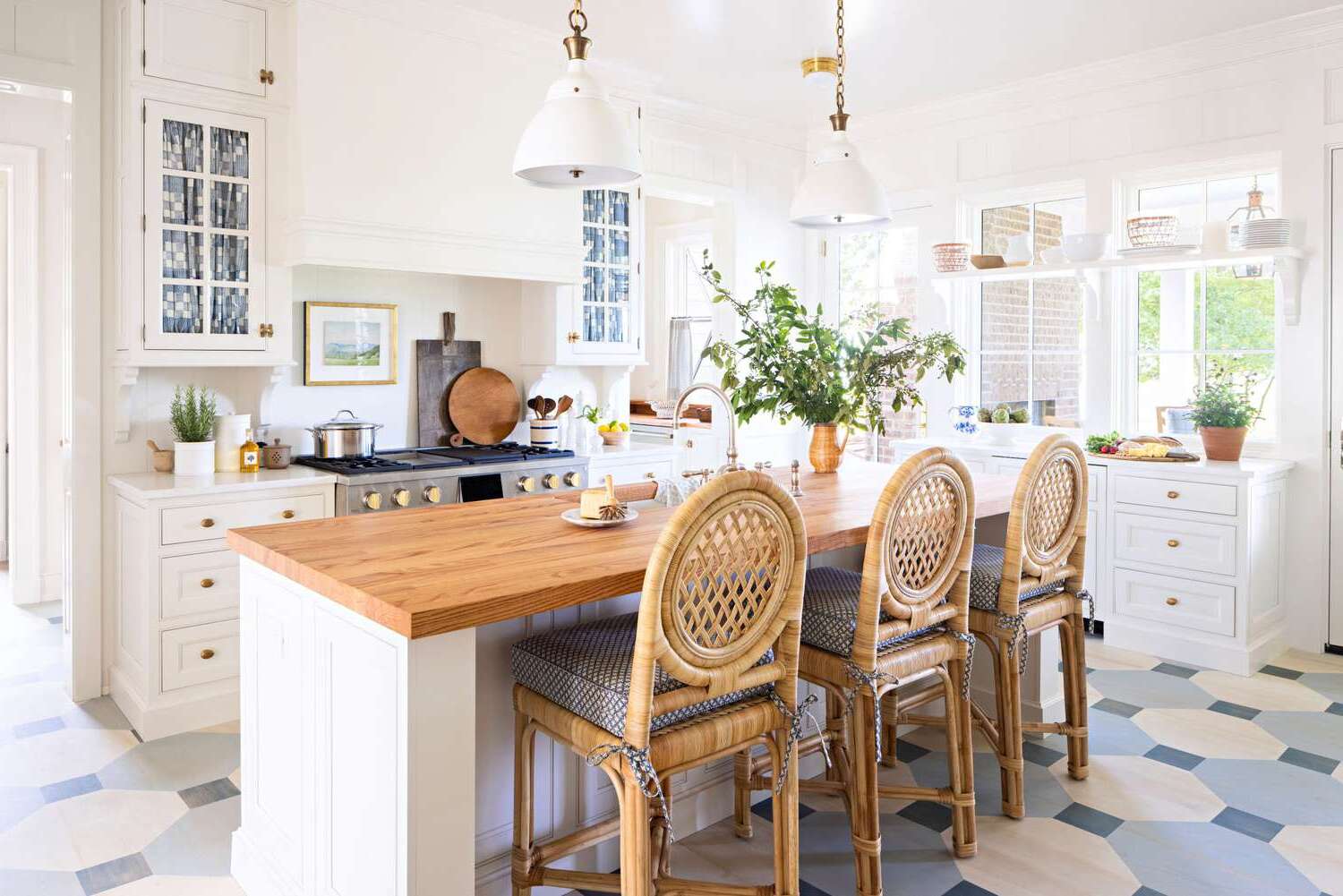
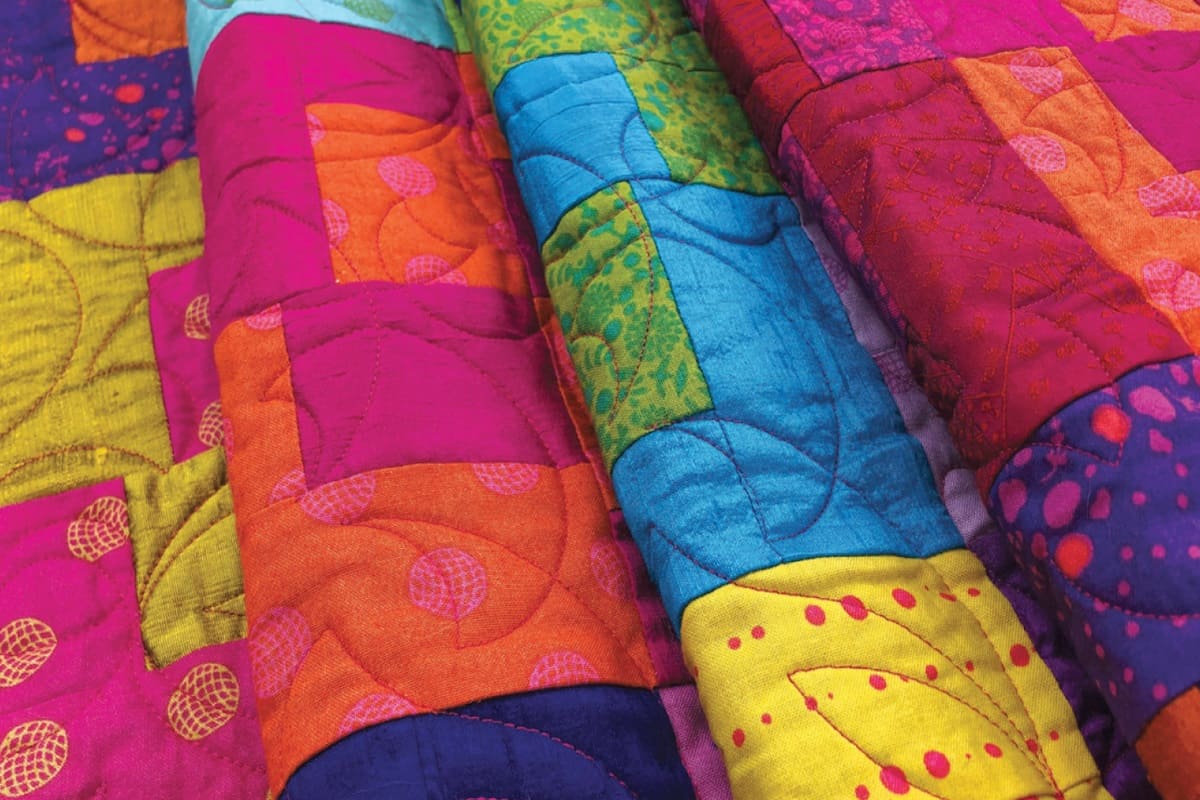
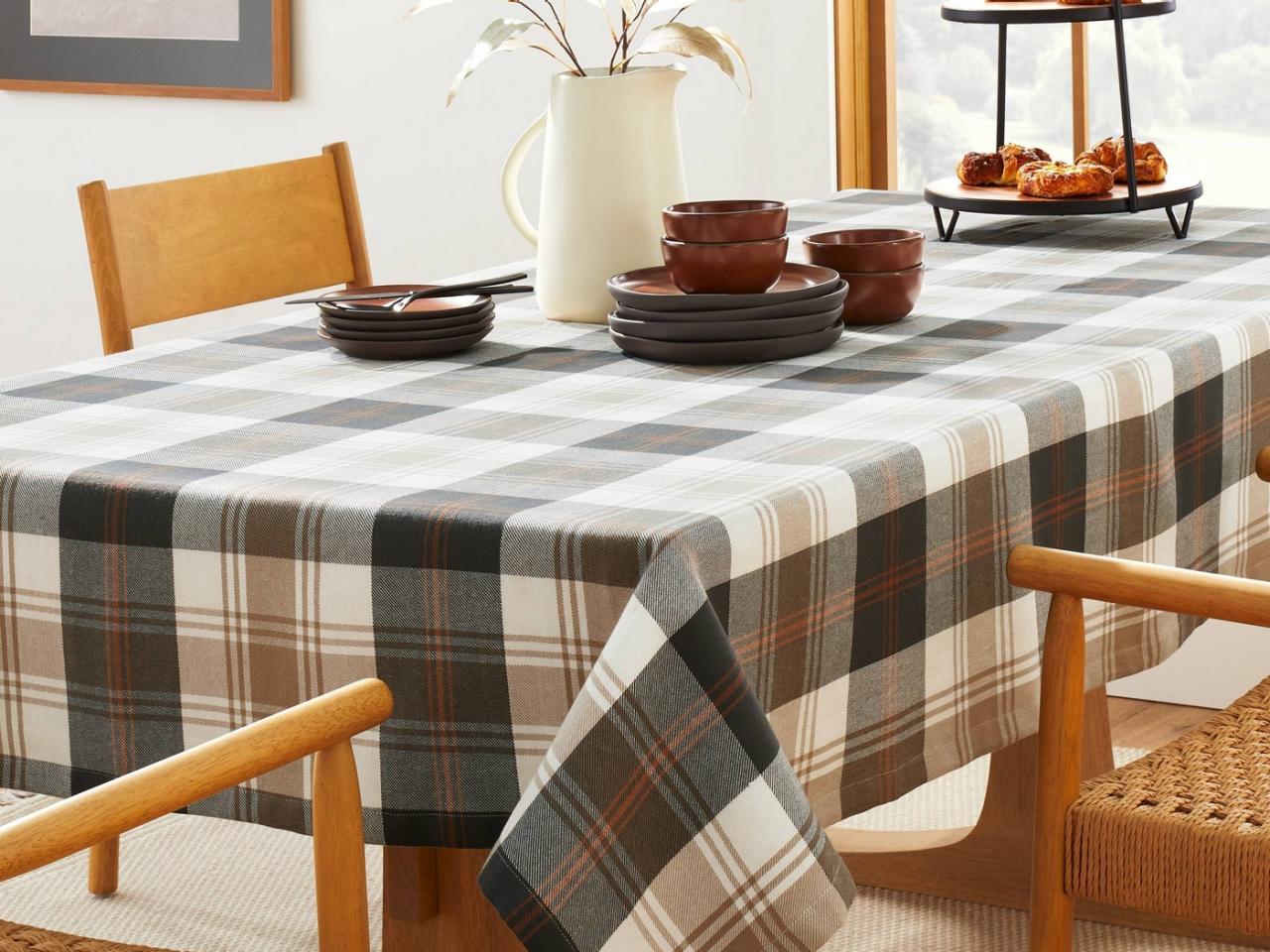

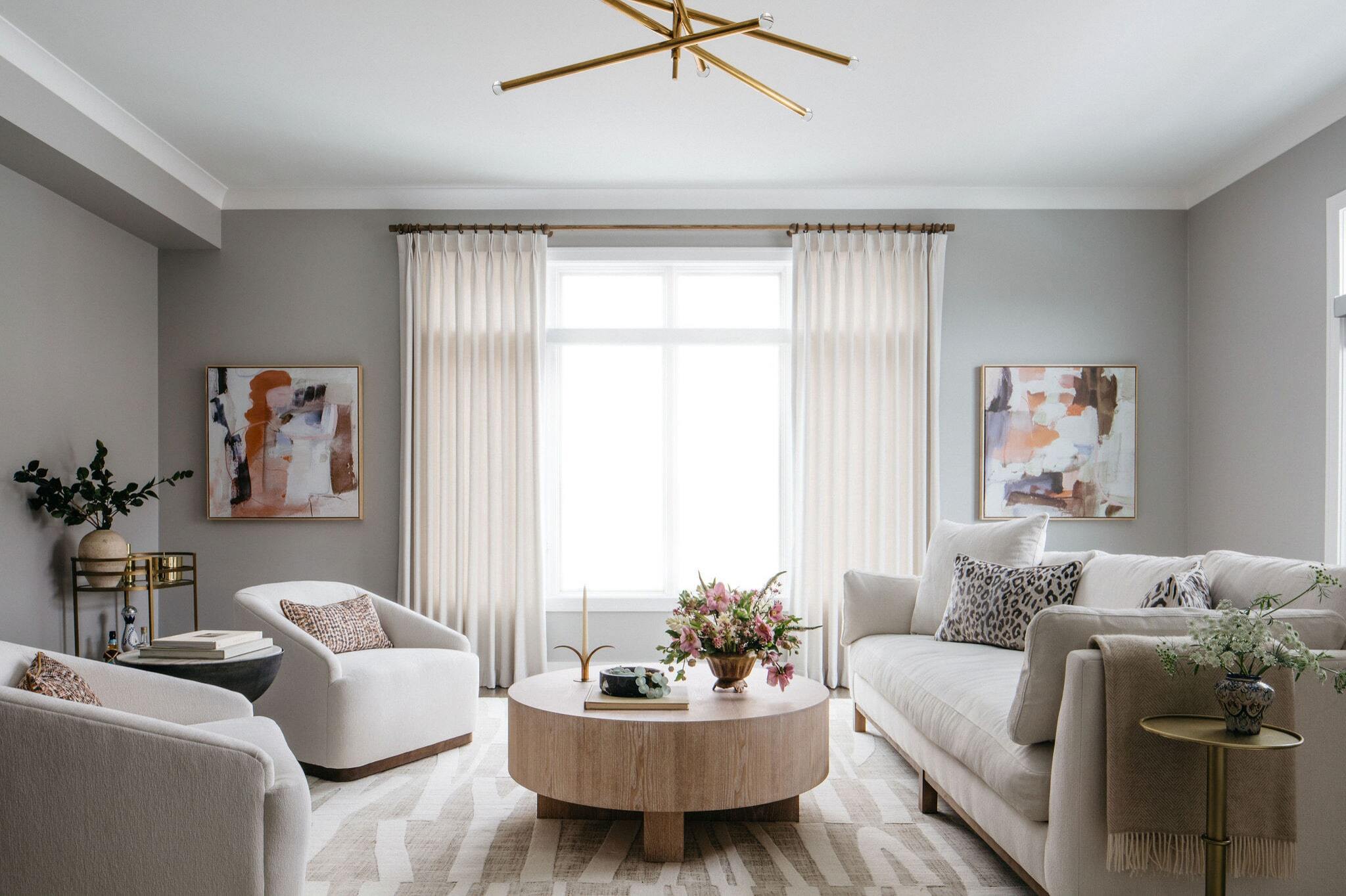
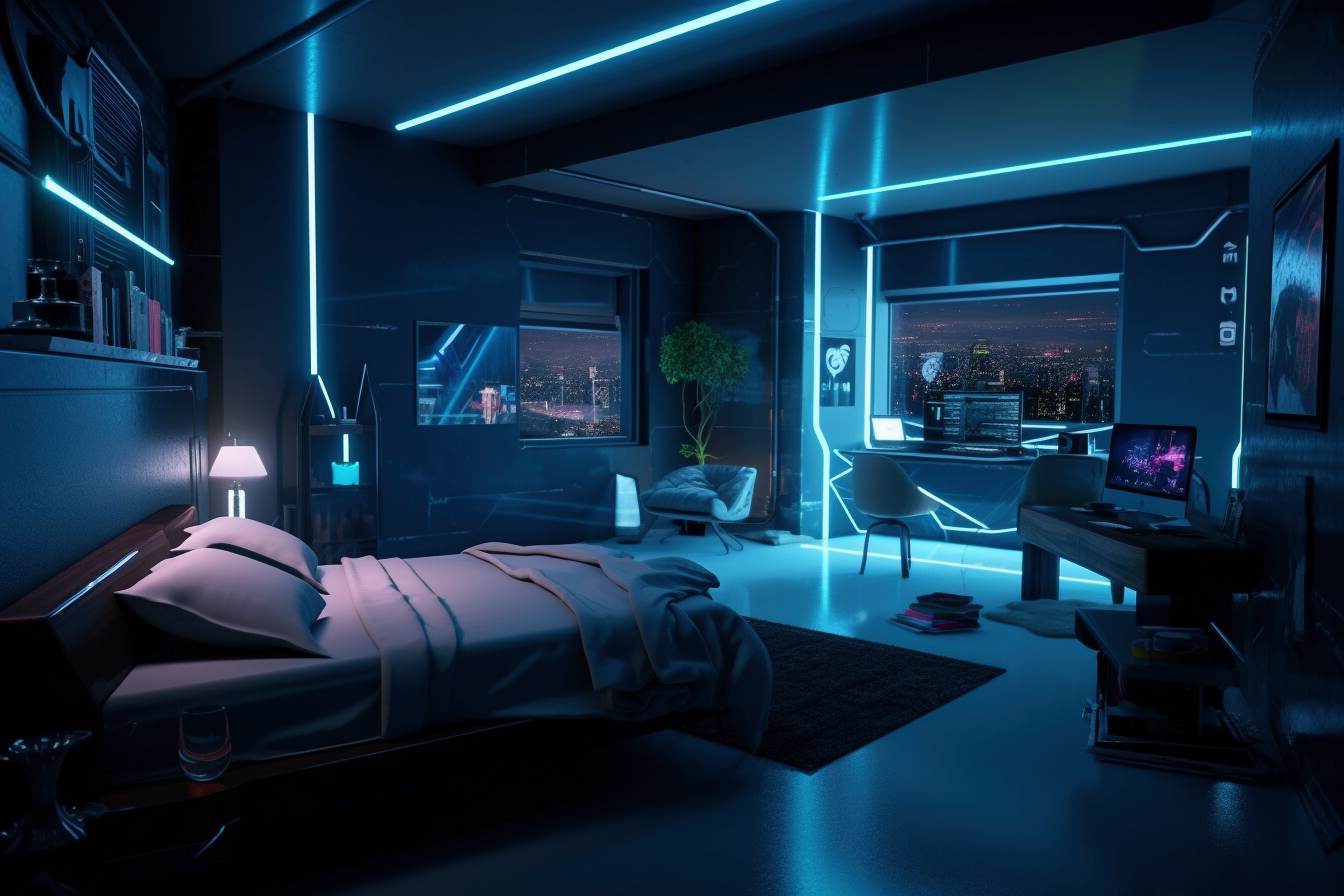
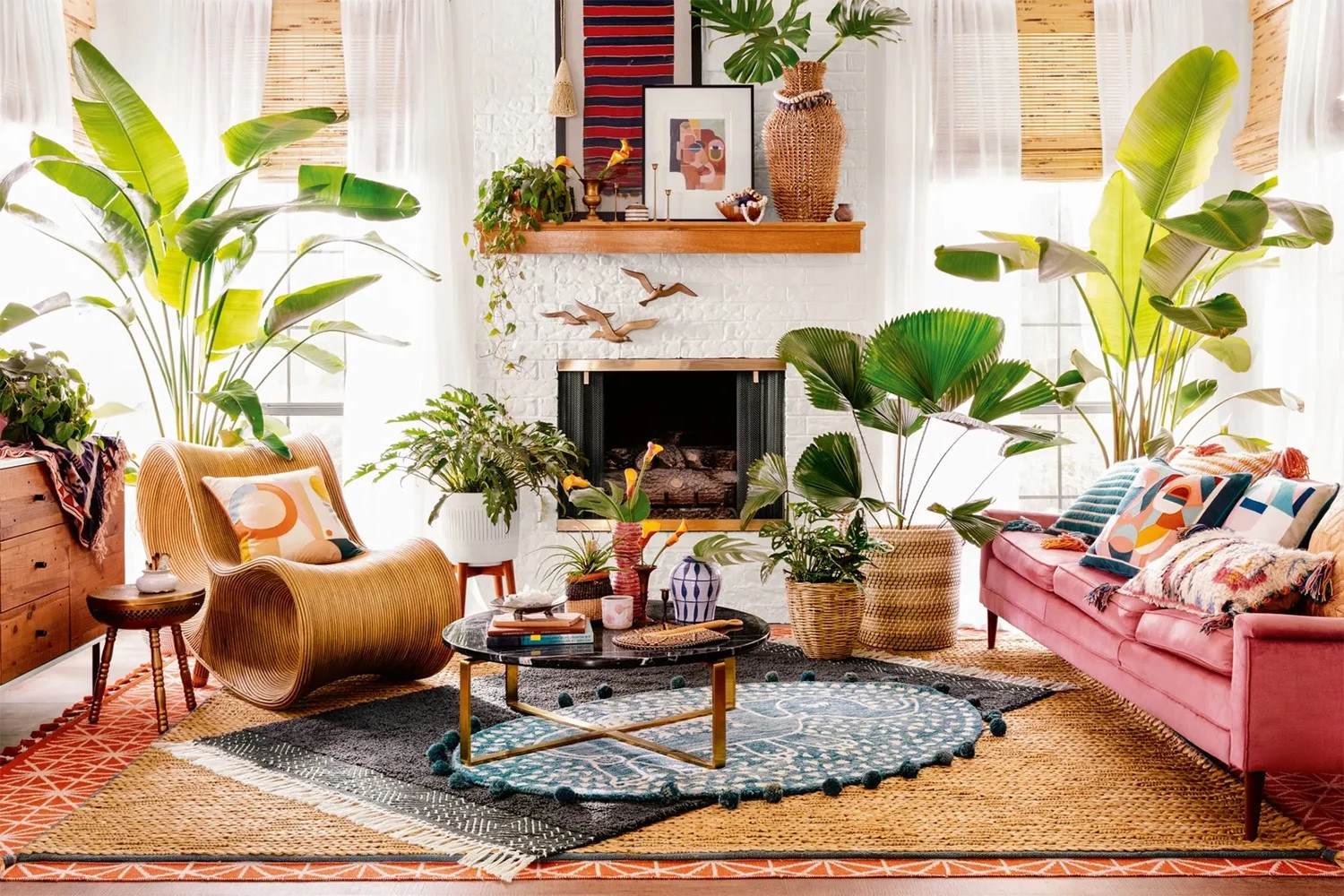
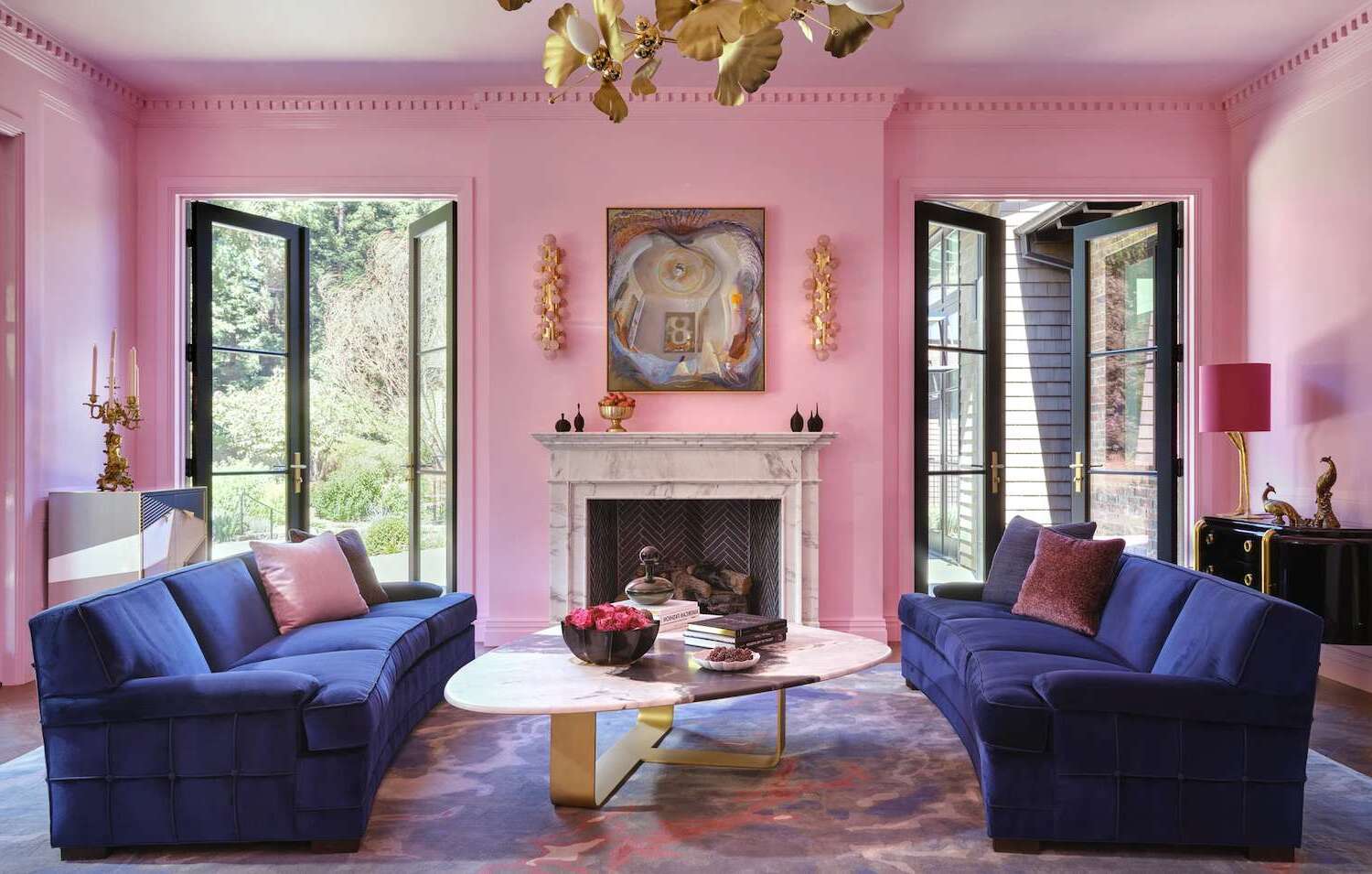
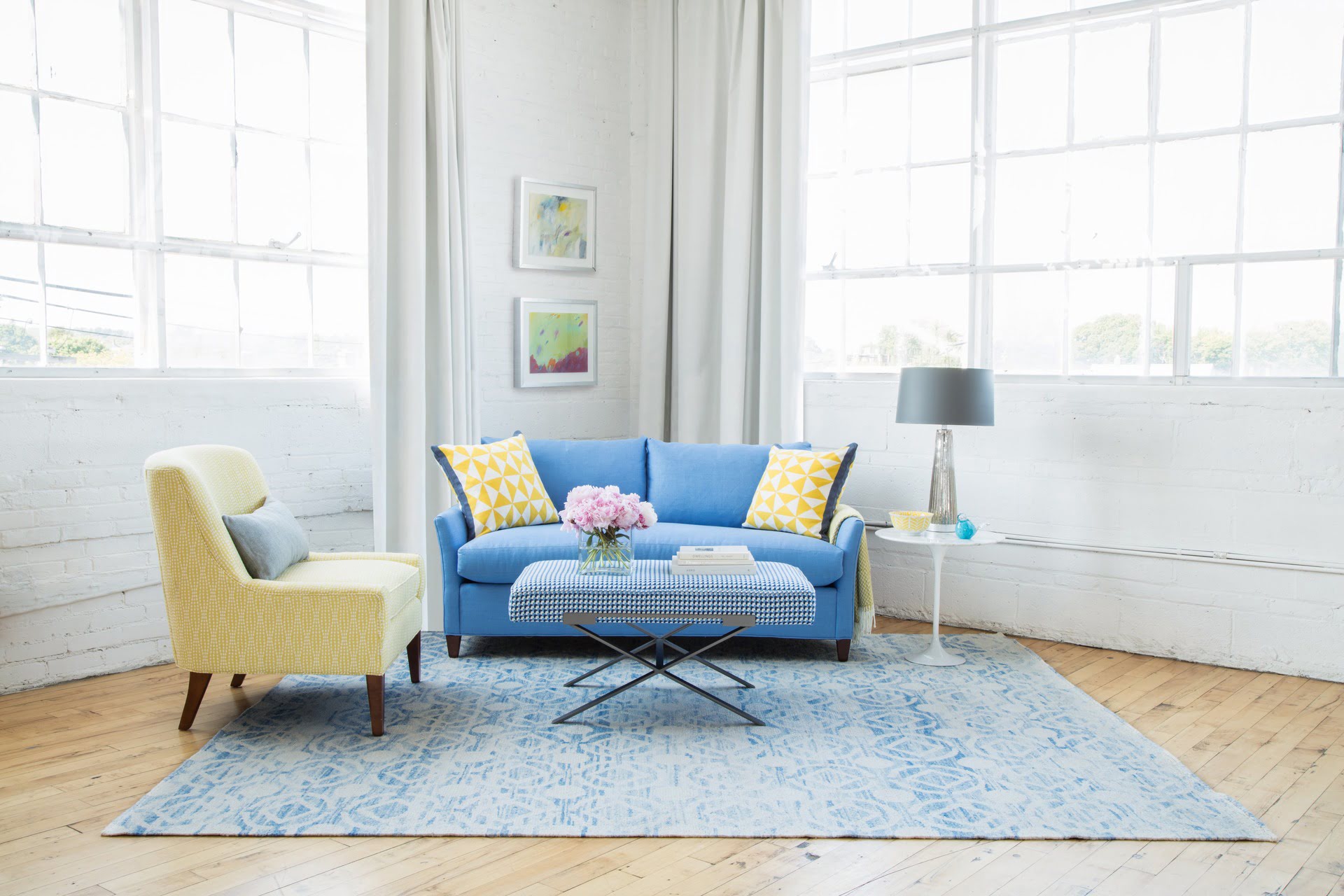
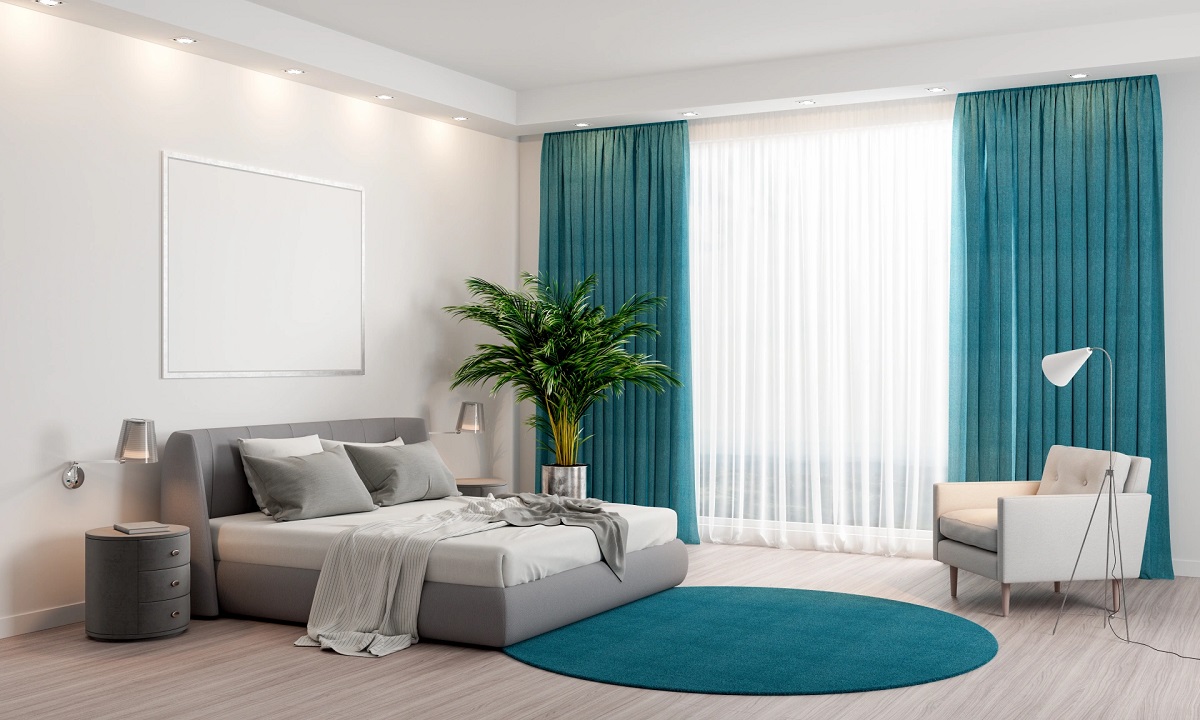

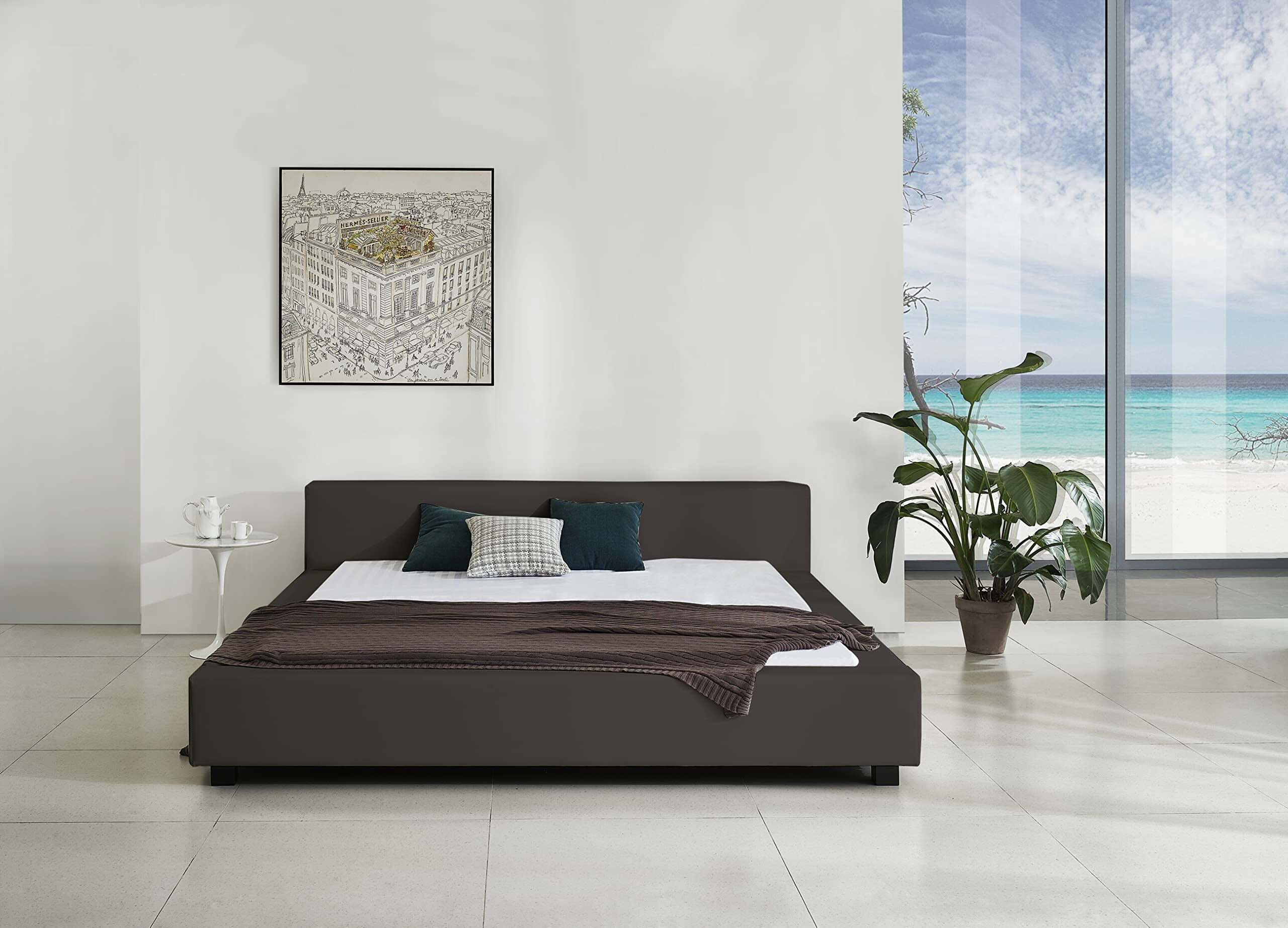
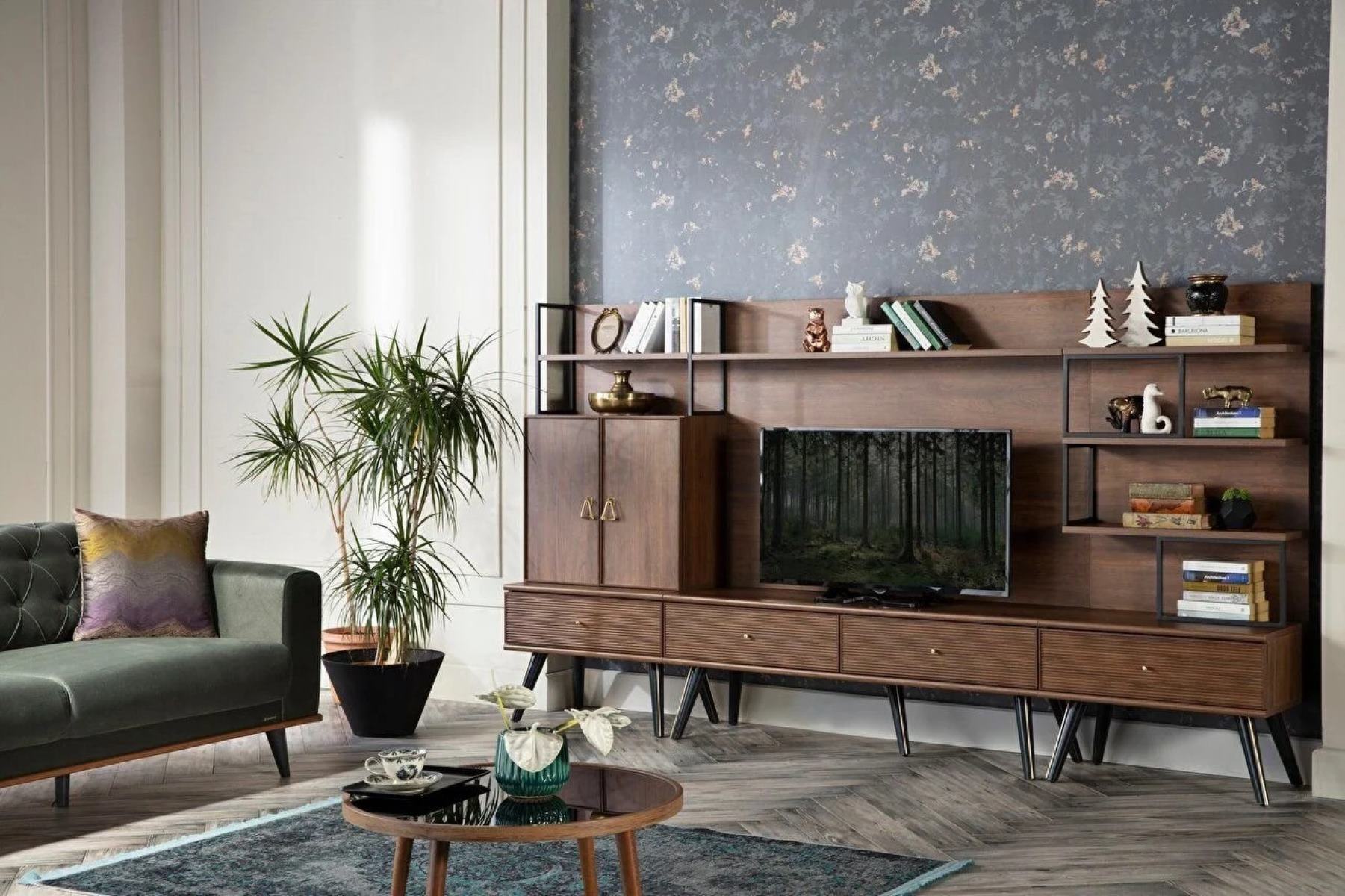


0 thoughts on “How To Choose Furniture Colors For Home Projects”